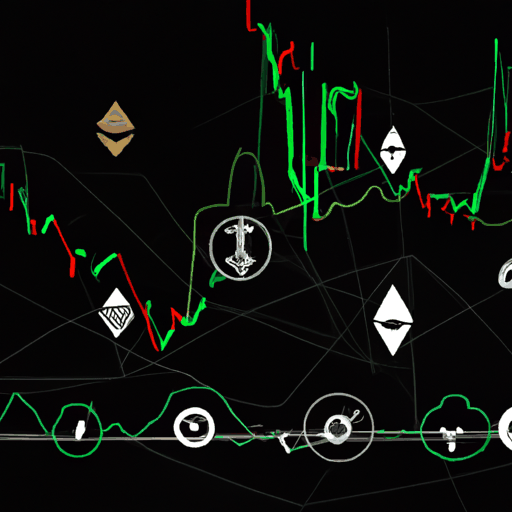
Bitcoin's Bullish Momentum Amid Market Uncertainties
By: Isha Das
Bitcoin's recent performance has captured the attention of investors and market analysts alike. As Bitcoin surged toward $112,000, its trajectory mirrored gold, which hit fresh all-time highs, indicating a correlation between these two asset classes. The cryptocurrency's volatility surprised market participants, yet caution remains as traders anticipate the possibility of a price dip towards the $100,000 mark in the near future. Despite the upward trend, analysts continue to express uncertainty due to the market's unstable nature.
The recent upturn suggests a potential recovery, but several metrics indicate a fragile market structure. Bitcoin reclaimed the $110,000 level, marking an important psychological milestone. However, analysts emphasized that the $110,500-$112,000 zone needs to be converted into a stable support level to prevent further declines. This sentiment underscores a mixed outlook, as investors navigate the fine line between bullish optimism and bearish caution.
Amidst these developments, an uptick in Bitcoin spot trading suggests an early signal of recovery possibilities. Market data from major exchanges like Coinbase and Binance indicates a shift in liquidity dynamics, favoring reaccumulation phases. Such behavioral changes reflect growing confidence among market participants and hint at a potential breakout towards $119,000 if Bitcoin maintains its upward momentum and closes above $113,650. These insights highlight the intricate balance of forces acting in the crypto market as Bitcoin continues to oscillate between highs and imminent corrections.
Additionally, institutional developments and new product launches such as the WLFI project, which started with a $25 billion valuation, showcase the expanding ecosystem within the crypto space. These projects, alongside existing giants like Ethereum, which has witnessed innovations in tokenizing burned ETH, suggest a maturing market with increasing diversification. As Bitcoin hovers at notable price levels, the combination of technical indicators and market sentiment crucially informs investor strategies in this ever-evolving financial landscape.



